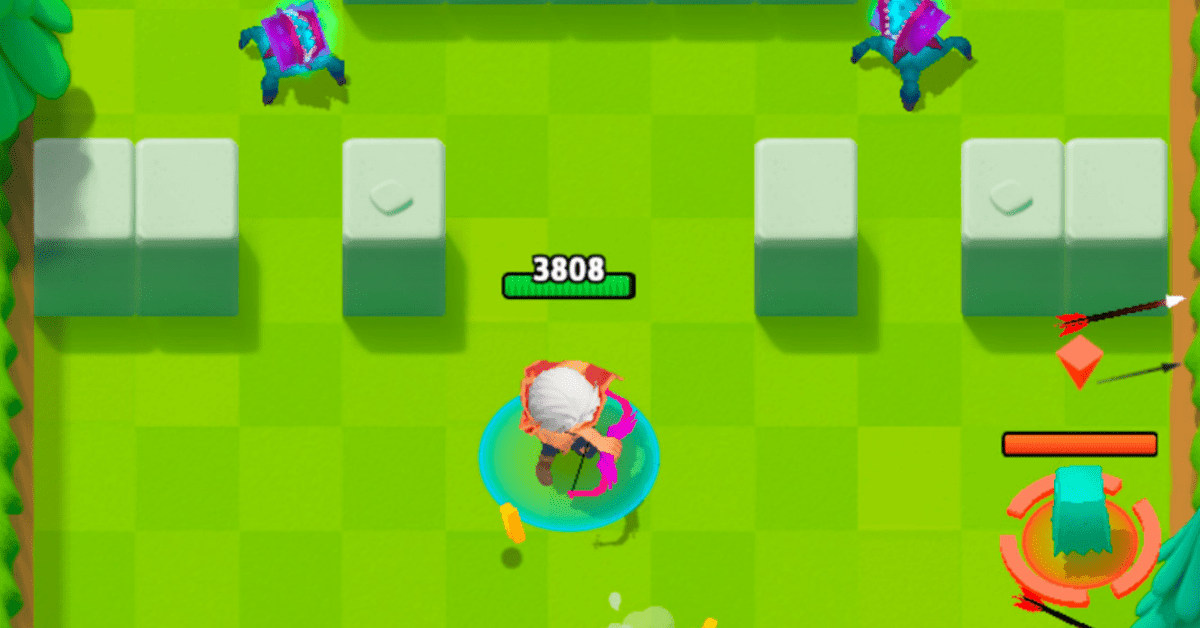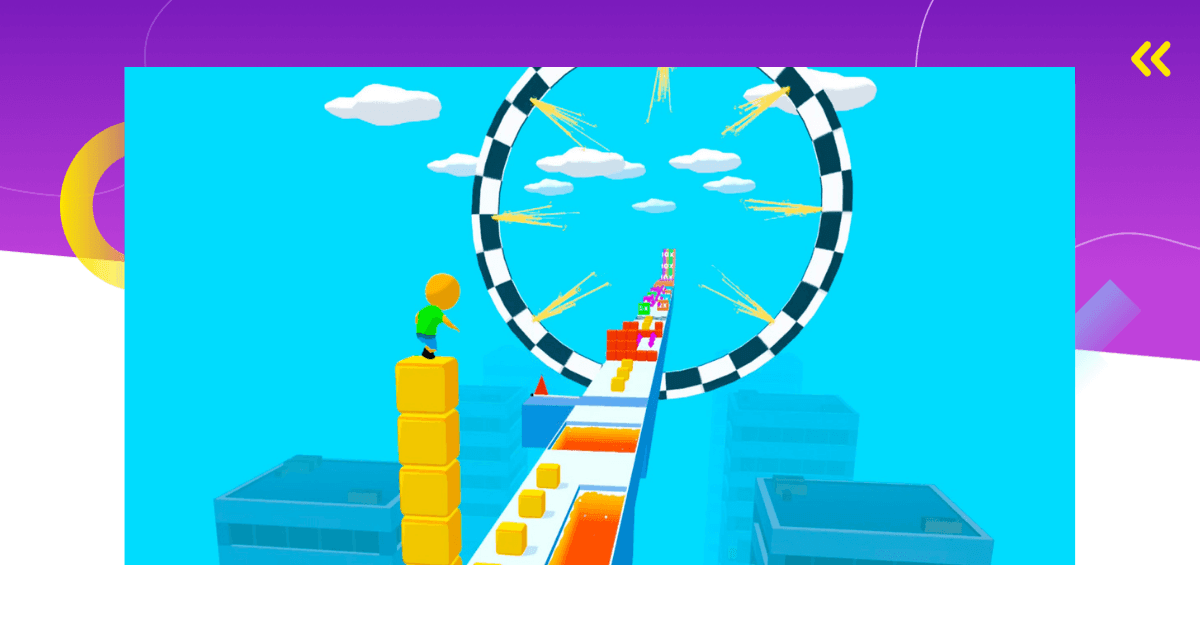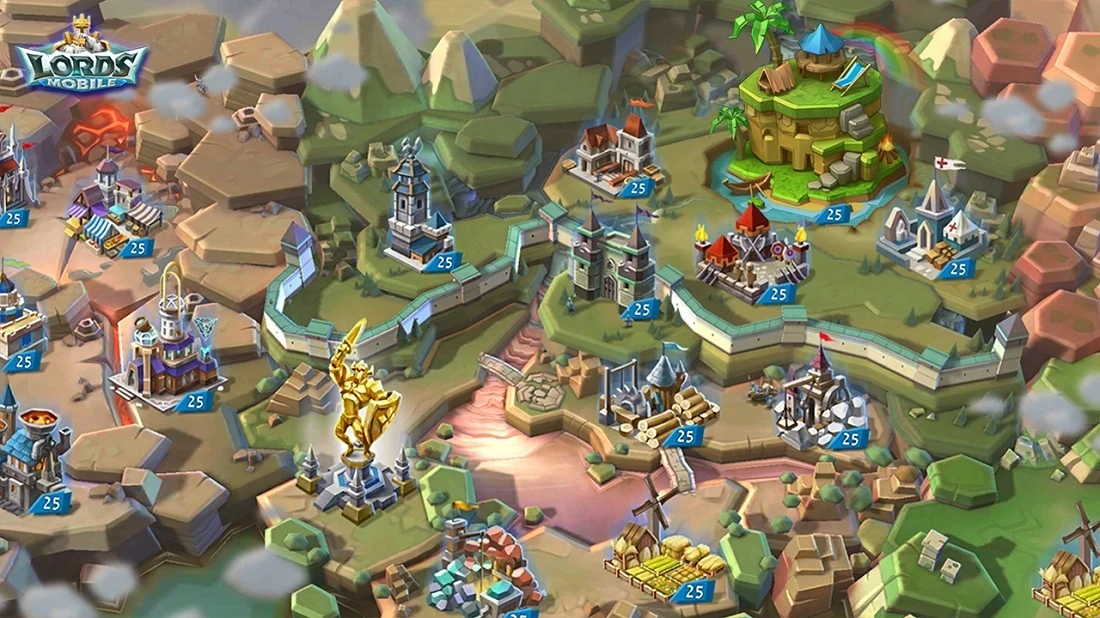Treat your game like a plant you’ve planted. You need to water and cultivate it, otherwise, it will die.
In other words, analyze your mobile game lifecycle.
Today’s mobile game market is saturated and more challenging than ever before. For this reason, life is short for mobile games.
However, there are ways to extend your mobile game lifecycle. We bring examples and best practices to learn from.
Let’s dive right in!
About the Mobile Game Lifecycle
The mobile game lifecycle refers to a timeframe in which a game appears, reaches its peak, and starts drying up.
A lifecycle analysis gives publishers valuable information to build their games on. It helps them define their advertising and monetization strategies, as well as development cycles.
Upon launch, a game has to achieve high visibility and high engagement. For this reason, publishers need to bulk up their advertising spend.
Monetization-wise, they need to learn about their players’ purchasing preferences as soon as possible.
The mobile game lifecycle also affects a publisher’s portfolio management. If they find out their games’ lifecycles are short, they need new content. This means they have to be ready to release new games more frequently.

Mobile Game Genres and Their Lifecycles
The average mobile game lifecycle varies from genre to genre.
According to Apptopia, puzzle and casino games have the longest “lives” on the top-grossing charts.
On the other hand, hyper-casual games “live” the shortest.
Why is that?
Hyper-casual games are designed to be simple, minimalistic, repetitive, and addictive. Simple as they are, there are millions of other games that offer exactly the same. For this reason, players often play a hyper-casual game, get bored, and install another one.
Lots of new hyper-casual games appear every day. This is because they can be developed in a matter of weeks.
If the testing period shows a hyper-casual game might work, it gets published and advertised. After the soft launch, publishers find out what works and what doesn’t. In this phase, they will optimize the game so it can reach its fullest potential.
One of the key metrics publishers track are day 1 and day 7 retention. If a game keeps more than roughly 35% of players on the first day, it is worth moving forward with. (GameAnalytics)
If not, they will go and develop a new game. If a hyper-casual game does not meet the desired KPIs, it is not worth the time and effort.

Popular Games That Live On
In Apptopia’s research, there were six games that remained on the top the whole time.
These were: Candy Crush Saga, Clash of Clans, Game of War: Fire Age, Slotomania, Big Fish Casino, and DoubleDown Casino Slots.
Wondering why there are so many slots titles on the list? This is because we’re talking about revenues, and slots games are traditionally big moneymakers.
Let’s head to 2021.
It’s interesting that four of the six titles are still on the top-grossing list. This includes Candy Crush Saga, Clash of Clans, Slotomania, and DoubleDown Casino Slots.
Candy Crush Saga and Clash of Clans are even in the top 10.
These games could have easily been “dead”, but they are still very much alive. This is because the developers never gave up on them. As years went by, they listened to their players and followed major mobile gaming trends.
Today, these games are quite different than they were upon release.
For example, Candy Crush Saga now includes a collectible meta. On the other hand, Clash of Clans added a battle pass offer.
This is how you keep a game alive.

Pokémon Go: 5 Minutes of Fame and Then?
In July 2016, there was a lot of hype about the new Pokémon Go game by Niantic.
You could see groups of people at the same places, looking for Pokémons. The game was not only successful but became a cultural phenomenon as well.
Over the first two months after the launch, the game peaked at over 22 million downloads on iOS. But then – the numbers just crashed. Millions of players churned, followed by fewer and fewer new players who were installing the game.
Just one month later, in September 2016, the downloads decreased to approximately 4 million monthly downloads. After that, the downward trend continued. In the months and years that followed, the game usually got from 600 thousand to 2 million downloads. (GameRefinery, iOS)
Why did this happen to Pokémon Go?
People got bored.
The thing is, Pokémon Go’s gameplay was aimless and had no real endgame. The gameplay came down to repetitive actions – catching Pokémons and battling in gyms. Also, there was a problem with the number of characters in the game – there were only 150 of them. For this reason, players kept catching the same Pokémons over and over.
However, Niantic learned from its mistakes. They didn’t let this be the end of it.
For example, today, there are more than 600 Pokémons the players can catch. They’ve also added all kinds of new features to the game. This includes a friend system, PvP battling, research, and trading. The game also polished its in-app purchase strategy.
All of this reflected on the game’s revenues, in a good way.

Even though its player base is much smaller than before, its players are more valuable than ever. Even though it never reached the $40 million mark it made in August 2016, the game still makes a lot. For example, in January 2021 it cashed in $32 million. (GameRefinery, iOS)
The moral of the story?
Game updates and optimization can have incredible results. They have the power to rejuvenate a game and breathe new life into it.

Extending the Mobile Game Lifecycle
Wondering how do games manage to stay on the top charts for years? What can you do to extend your game’s lifecycle?
There are many factors that determine how long a game will “live”. These factors include:
- User acquisition
- Gameplay
- Progression system
- Game design
- Game economy
- Monetization
- User experience
- Technicalities (glitches, crashes)
If just one of these factors is problematic, it will reflect on your numbers. Let’s go over the most common issues and what you can do to extend your game’s lifecycle.
Detect Your Main Issues
First of all, you need to figure out how you can increase your game’s active user base.
This means focusing either on bringing new players to the game (UA) or keeping them for longer (retention).
If your game is struggling with a lack of new users, you should boost your user acquisition efforts.
If your newly acquired players come and go, the issue lies somewhere else. It is highly unlikely that almost all of your players are low-quality. This is the signal it’s time to adjust the game itself.

Give Players Reasons to Keep Playing
Your game should be able to extend the in-game experience. Also, it should always give players something to hold onto.
For this reason, pay special attention to the game’s progression and reward system. Both of them should clearly reward the players’ time, effort, and loyalty.
When they first start playing, everyone should feel rewarded. However, those that keep playing the game shouldn’t feel “punished” for it after a while.
Of course, you should try and monetize them, but don’t block their progress and get all stingy and greedy. If your players are frustrated, this will reflect both on your ratings and reputation.
If you manage to keep your players happy, they might become spenders, regular ad watchers, and your game’s best promoters.
Never Stop Updating
Your game’s flow, story, and difficulty may be enough to keep players for a while. However, if they are not good enough, people will get bored.
For this reason, you have to keep an eye on metrics and constantly update the game.
Analyze which parts of the game could use a retouch. If everyone is churning at level 3, then figure out why that’s the case. It is important to react quickly, so find quick and easy fixes.
If you believe your game could benefit from extra features, test them. For example, try and surprise players with a mini-game, a luck-based feature, or with social features. Adding extra features can have a tremendous impact on your game’s retention rates.
Add Additional Content to Your Game
As we’ve established, casual and hyper-casual games tend to have the shortest lifecycle. Naturally, developers were looking for new ways to extend it.
What has proven to be the most effective was adding meta-layers to (hyper) casual games. This quickly became a trend among these genres because it positively impacts user retention, engagement, and subsequently the game’s lifecycle.
Meta layers are essentially additional content you add to the core game loop. However, it’s important that these layers provide players not only with something new to do but also with new goals they need to work towards, as this is the key to long-term engagement.
For example, adding collection mechanics to a casual core or implementing a design-based meta layer in a match-3 game.
Introduce a Hybrid Monetization Model
Game content is not the only thing you should diversify – you need to do the same for your revenue streams.
Achieving longevity often boils down to whether you can keep making a profit from a game. Relying on just one monetization model won’t cut it, as single revenue streams can easily dry up.
The solution is a hybrid monetization model in which developers combine popular models like in-app purchases, in-app ads, and subscriptions. That way, they can monetize more players, increase revenues, and create a more sustainable business model.
Some players enjoy watching rewarded videos, others prefer making purchases, and there are those who are willing to purchase a subscription. Some players like all of the above.
It makes sense to utilize all of them.
Build New Games at the Right Time
Knowing when to move on is also a quality.
If you’ve spent too much time, effort, and money on a game and it hasn’t paid off, move on. You can take everything you learned from the experience to build a new, better game.
You can save up by creating a sequel, or using the same characters, but with different gameplay. Or you can make a completely new game.
Create a Game Portfolio
Some publishers don’t put their hopes on a single game. Instead, they rely on a portfolio approach. They create and launch multiple games every year. Instead of constantly developing and optimizing a single game, they benefit from a broad player base.
It’s important to know which of their games works for what. For example, one can have great download numbers, while others make more money.
How is this good for the games’ lifecycle?
These publishers highly rely on cross-promotion. They constantly bring players from one game within the portfolio to the other.
Therefore, even if one game experiences drop-offs, the overall consequences aren’t as significant.
A Final Word on the Mobile Game Lifecycle
Hopefully, this article gave you an idea of what you can do to extend your mobile game lifecycle.
If you have any questions or remarks, leave us a comment below!







Comments